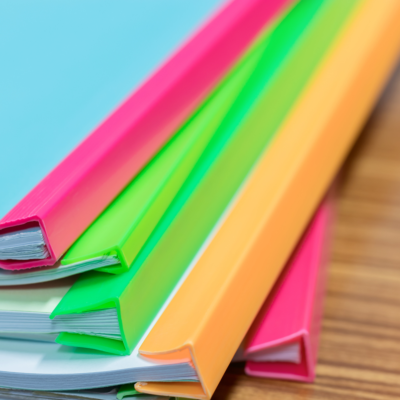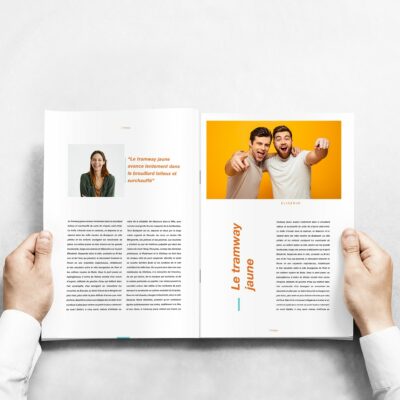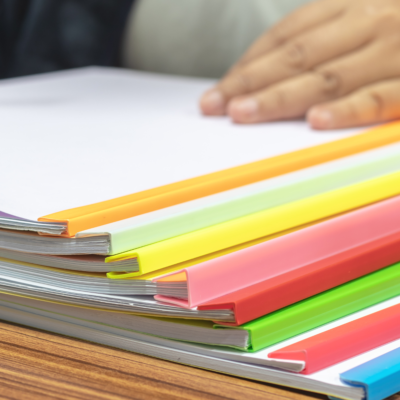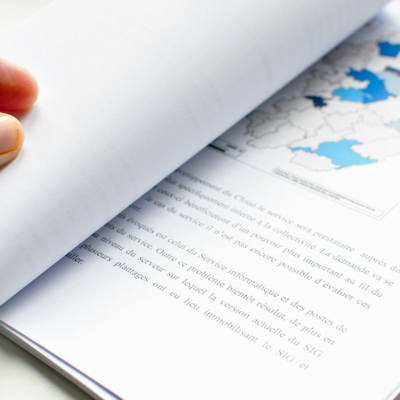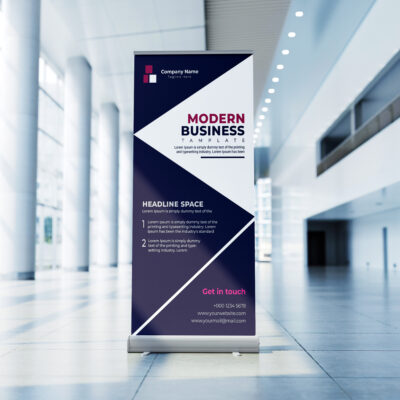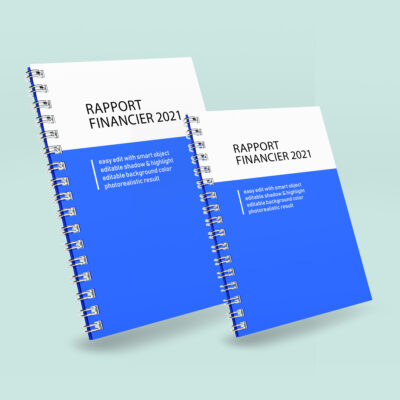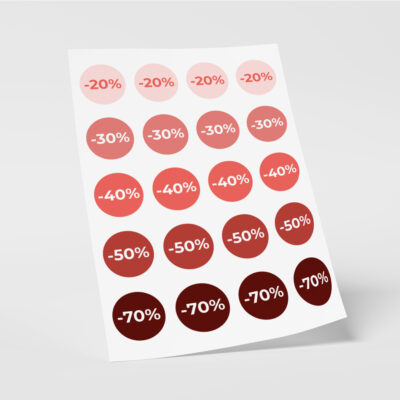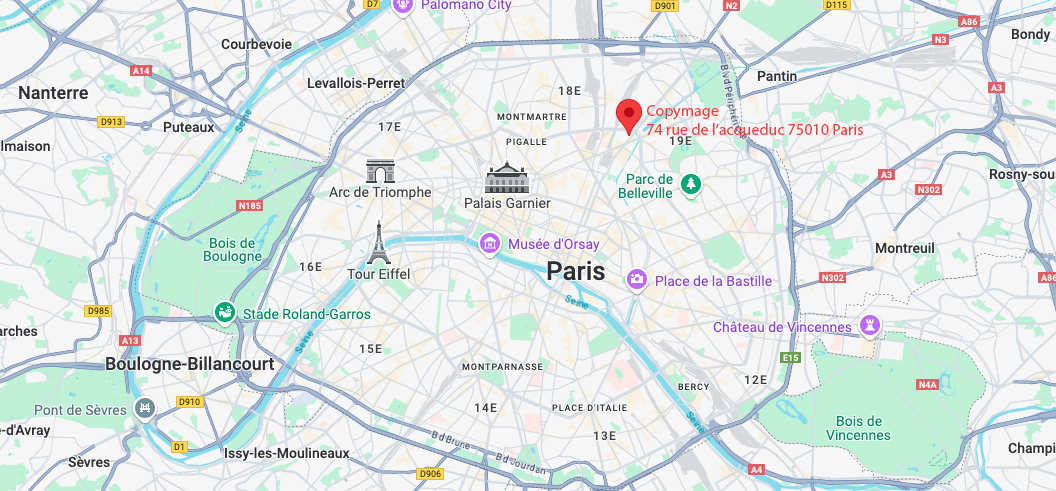- 📦 ON DÉMÉNAGE !🏭 COPYMAGE INTÈGRE L'IMPRIMERIE NOEL : 74, Rue de l'Aqueduc 75010 Paris✨ Nous allons faire la même chose, mais à un autre endroit ! ✨
- 📦 ON DÉMÉNAGE !🏭 COPYMAGE INTÈGRE L'IMPRIMERIE NOEL : 74, Rue de l'Aqueduc 75010 Paris✨ Nous allons faire la même chose, mais à un autre endroit ! ✨
- Call us 01 42 61 00 33
Monday to Friday 9:00 - 18:00 IMMEDIATE
CUSTOMISED QUOTERETRAIT EXPRESS
& LIVRAISON J+1-
-
- All
products - Cards
- Brochure
Files - Advertising
- Printing
- Office automation
- Adhesives
- Signage
- Themes
- Printing
Express in 4H
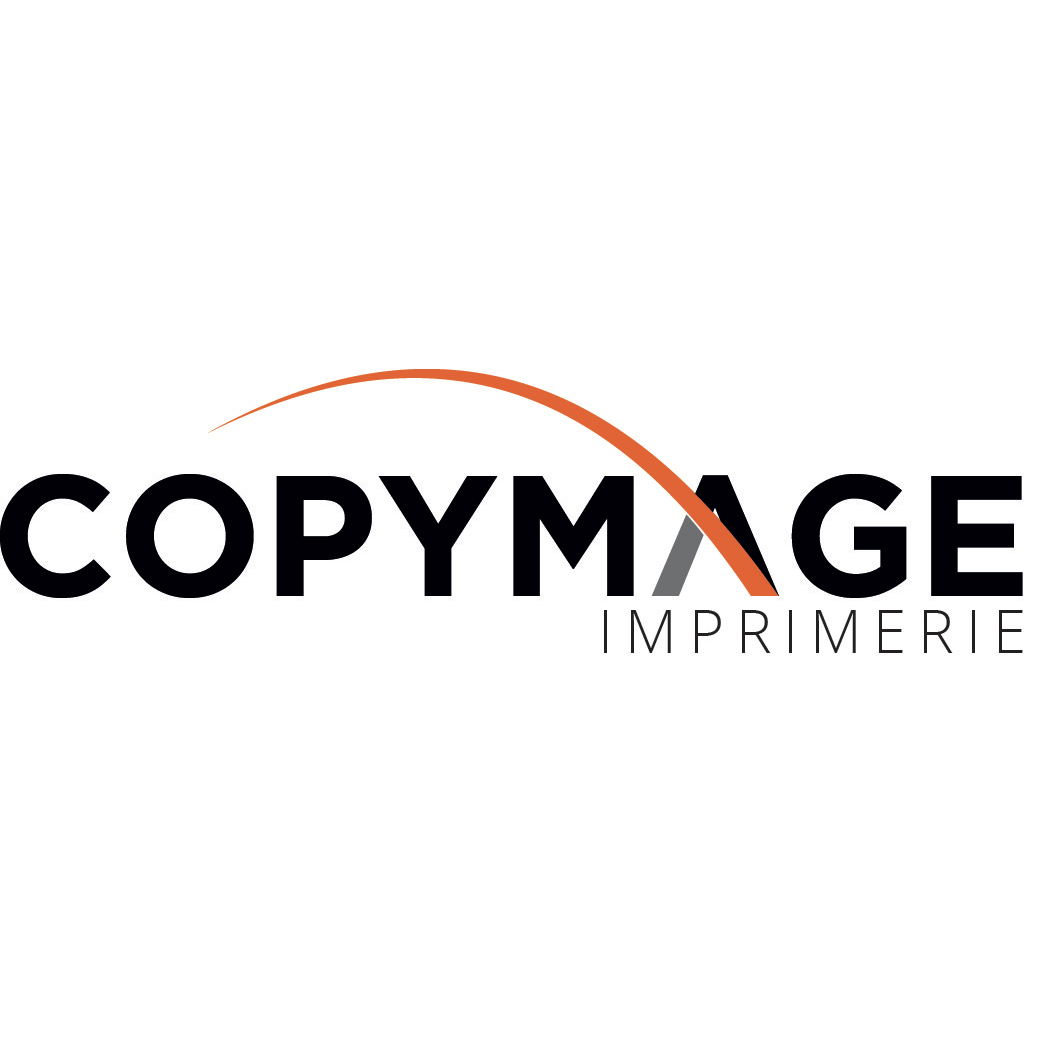
Tips & tricks from your printer
Advantages and disadvantages of the binding rod
In order to finalize the presentation of your professional file, your company report or your thesis, you are thinking of putting a binding on it. You may sometimes be tempted to bind your documents yourself, at home or at the office for example, using a plastic binding stick. In order to guide you in the implementation of this finish, we will, in this article :
- to take stock of what exactly is a bindery rod,
- explain how to use a binding rod,
- List the advantages of a binding stick,
- but also observe the disadvantages,
- then, finally, we will think about alternatives to the binding rod.
What is a bindery rod?
In order to bind all your brochures and files yourself, you can use a binding stick. This plastic binding stick with a "U" shaped notch along its length is a very simple binding system that does not require punching the sheets of your documents.
The binding stick is available in many stationery stores for a small fee. It exists in different sizes and in various colors.
How to use a binding rod?
To bind your magazines and booklets with a binding wand, simply insert the pages at one end of the wand and then slide the sheets along the wand until the wand encloses the entire long edge of your document.
The binding strip usually has a rounded edge to facilitate the insertion of the pages. It is also possible to add a plastic cover and spine to stiffen the document. In this case, you insert the pages of your document into the cover and spine before sliding the binding strip until the pages and the plastic cover are, together, clamped in the binding strip.
The first step is to choose the size of the binding rod according to the thickness of the file to be bound. Be careful, the right choice of the size of the binding stick depends on its efficiency to hold the pages of your document: too thick the pages will slide, too thin, you will not be able to insert the pages without damaging them and the final document will be difficult to open and to leaf through.
 The advantages of a binding rod
The advantages of a binding rod
Using a bindery wand to finalize the presentation of an internship paper, for example, has several advantages:
- First of all, it is a binding method that is accessible at home or in the office. It is ideal for binding informal documents that do not require a particularly careful presentation, often in a personal setting.
- Secondly, the binding rod is self-sufficient, it does not require the use of any particular machine. Therefore, it is rather economical and very easy to use.
- The binding strip is a method of binding documents that does not involve perforating the sheets that make up your document. The pages therefore remain intact and can be separated from each other if necessary by removing the binding strip.
- The binding strip is available for sale in many colors. It can, therefore, be a finishing touch that gives your documents an original and dynamic character.
The disadvantages of a binding rod
The bindery wand can be quite suitable in some circumstances. However, this method also has some disadvantages:
- Since this is a non-professional binding method, it is your responsibility to set it up. However, this can be time-consuming because to properly install a binding stick, it is necessary to be patient and meticulous in order not to damage the stick or your document during the installation. Often the result is not as satisfactory as expected: the sheets are not well aligned between them, the cover is shifted. This can result in a poor quality rendering and a less professional image.
- While the binding wand is a good solution when you have one or two documents to bind, it is not viable for binding a large quantity of business files. The handling would be very tedious and the loss of time considerable.
- The choice of the width of the binding strip is crucial to ensure that the pages that make up your file are properly held together. Binding strips come in a variety of sizes, however, there are no strips that are wide enough for documents with more than 130 pages to be bound.
- The binding strip has a major disadvantage in terms of document legibility: it does not allow a complete flat opening of the bound file, therefore it is sometimes not easy to decipher the ends or the beginnings of sentences located near the central binding.
- Finally, let's be honest, while the binding stick is an economical and practical method, it does not provide a professional and qualitative result. At Copymage, for example, we do not recommend using this method for important documents intended for external evaluation, such as a university thesis or an annual report. The unattractive presentation resulting from this method of binding could devalue the value of the document.
Alternatives to the binding rod
There are a few alternatives to the bindery wand that allow you to bind documents at home or in the office yourself, but they are rarely satisfactory. To obtain a quality result, it is preferable to use the services of a professional printer like Copymage.
Three binding methods are available to you:
- Spiral binding consists in perforating the pages of the document to be bound, then inserting a plastic or metal spiral. It is a simple, resistant and inexpensive method that is similar to the binding rod to be used at home, but this time it is done by a professional. Ideal for binding training books, memoirs and activity reports, it offers a great reading comfort because it allows a complete flat opening and thus facilitates reading and note taking. In addition, it can bind documents with up to 600 pages.
- The stapled binding allows to bind double pages by the central fold with 2 staples. Also called saddle stitching or two-point metal binding, this binding method offers a very qualitative result for a modest price. It allows for a very immersive reading experience by allowing a complete flat opening and the overlapping of illustrations or text on two consecutive pages. However, this method can only be used on documents with 4 to 40 pages, and the number of pages must be a multiple of 4 (for this, adding blank end pages can be an alternative solution to reach the multiple of 4).
- The glued square back binding joins the pages of a document by the edge by impregnating them with a PUR (reactive polyurethane) glue that will hold them to the cover. This binding method offers a "bookstore-like" look to your documents and a great resistance in time. It is often used to bind university theses and professional catalogs, which will withstand a lot of handling.
By going through a professional printer like Copymage, you will have access to all the finishes available for each of these bindings. You can be sure that your work will be impeccable and done on time for a clean and professional result.
For any information about document binding or any other print finish, our consultants will be happy to answer you, whether it is :
- By telephone on 01 42 61 00 33
- By e-mail to contact@copymage.com
- Or directly to the printing house located at 8 rue Saint Roch, 75001 Paris
Our rates
The best prices on the market
The quality
We are demanding and attentive to your satisfaction
Our deadlines
Tight deadlines thanks to our continuous production system
Imprim'vert label
We are careful about our footprint and waste management. We have obtained the Imprim'vert label.
Help & Advice
Our experts are here to help you.
HELP & ADVICE
Our experts are here to help you. Do not hesitate to contact them.
Adresse
74 rue de l’Acqueduc 75010 Paris
Métro
Ligne 2, 5, 7 : Stalingrad
Ligne 7; 7B : Louis Blanc
Bus
Lignes : 26, N42, 45, 48










